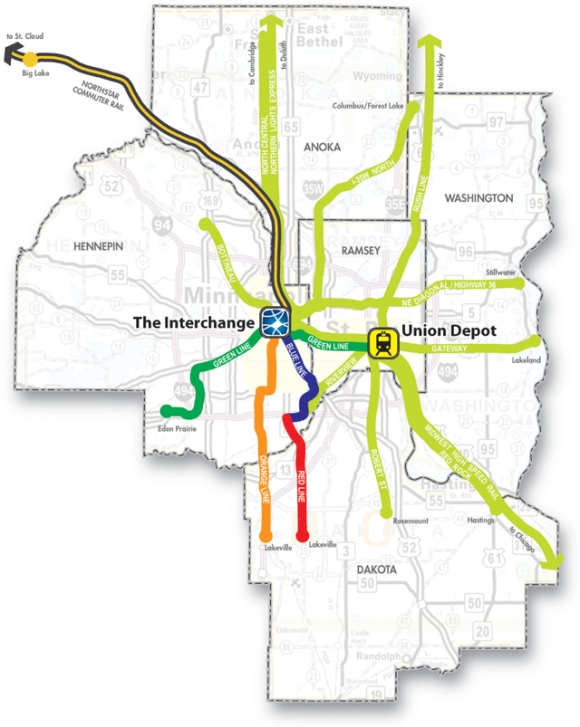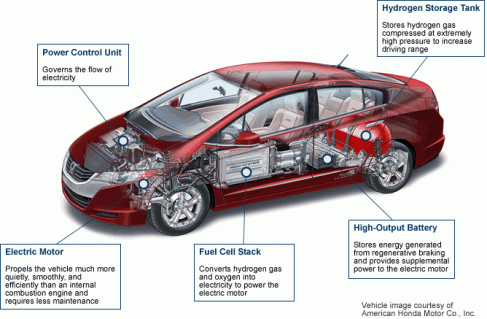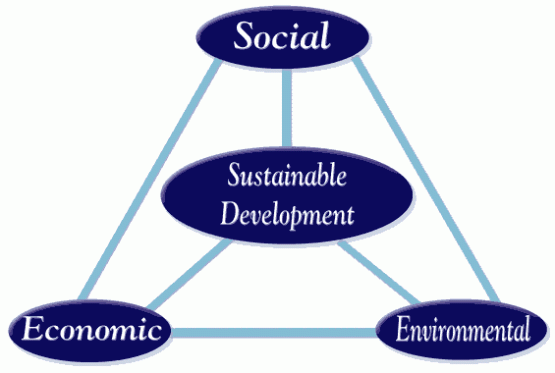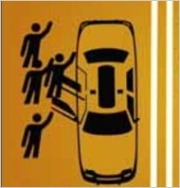During last night’s guest lecture, we discussed the social equity issues associated with the installation of the Green Line light rail system in the twin city area of Minnesota. This light rail line, which intends to alleviate congestion issues between Minneapolis and St. Paul, is being constructed through the center of a low-income neighborhood. While the implementation of this system may benefit the region as a whole (total benefits exceed total costs), the rail line would have damaging effects on this community. This example gives rise to the question: how can transportation engineers measure social equity? Which groups within the population should have their needs prioritized?
By installing the Green Line, twin city transportation engineers could potentially cause small businesses near the rail line to go out of business. The logic behind this claim is that the rail line would disrupt the mobility of individuals within the community, which would reduce the number of individuals capable of accessing the businesses. Additionally, by shifting individuals away from their cars toward rail lines, the businesses would be less accessible. Other intangible consequences of the rail line involve the aesthetic consequences, noise and vibrational effects, and the loss of the community’s identity.
This example displays the complexity of developing transportation engineering solutions. While the long-term benefits of the rail line cannot be disputed, the short-term consequences are severe for the affected individuals. It seems that there will always be individuals who’s needs and desires will be contrary to the goals of transportation projects. How do you think the views of individuals should be weighted by transportation engineers? Should the system operate in a simple majority, or should engineers be given the freedom to make decisions for the betterment of the region?






